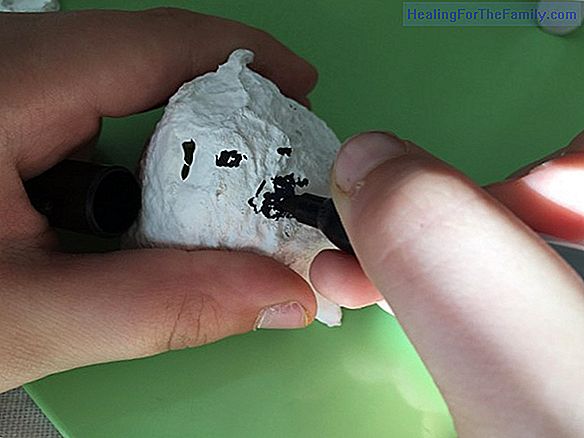10 Foods that should not be missing in the baby's diet
With the arrival of the baby, as parents, we plan to always offer the best possible food. It is clear that first colostrum and then breast milk are the most complete foods for the newborn and up to at least 6 months, but what happens when the baby begins with complementary feeding? When starting com
With the arrival of the baby, as parents, we plan to always offer the best possible food. It is clear that first colostrum and then breast milk are the most complete foods for the newborn and up to at least 6 months, but what happens when the baby begins with complementary feeding?
When starting complementary feeding it is easy not to be clear about which are the best foods for our little one, although it must be taken into account that breast milk -or formula if it has been decided- is still the basis of nutrition for the child. baby for at least the next 6 months. These are 10 foods that should not be missing in the baby's diet.
What foods should not be missing in the baby's diet

- Red meat: It is evident that red meat should not be offered in the baby's diet every day, but one of the reasons why the introduction of feeding is suggested Complementary to the 6 months is precisely the shortage of iron in the infant deposits at that age and the red meat is ideal to contribute this mineral.
- Fish: The content of essential fatty acids that the fish has is perfect to ensure a good contribution of them in the baby's diet. Although white fish is often offered more often, blue fish is as or more beneficial than white fish.
- Red fruits: Strawberries, raspberries, blackberries ... are some of the fruits richest in vitamins and minerals, as well as antioxidant compounds. Its nutrient density is very high, so, despite eating small amounts, the contribution of micronutrients is high.
- Lentils: They are a source of complex carbohydrates, soluble fiber and protein that, combined with cereals, is of high biological value. Their size also makes them very easy to include in the baby's diet.
- Broccoli: It provides, among others, fiber, folic acid and calcium, and its flavor is not very intense. Besides being easy to handle, it has an aspect that usually attracts the baby.
- Bananas: Its content in potassium, vitamin B6 and C and fiber, in addition to its sweet taste and soft texture make banana one of the easiest fruits to introduce into the baby's diet.
- Avocados: Provides polyunsaturated fatty acids, which help brain development in this time of intense growth.
- Carrots: Besides being rich in vitamins, carrots have a flavor that is usually very well accepted among the little ones. Cooking steam, in addition to getting a very easy to handle texture, retain all their properties.
- Plums: One of the most common problems in the baby after introducing complementary feeding is constipation. With this fruit, in addition to providing vitamins and minerals, we favor intestinal transit.
- Pumpkin: Its content in Betacarotenos is tremendously beneficial for the immune system, in addition to protecting the skin and eyes.












